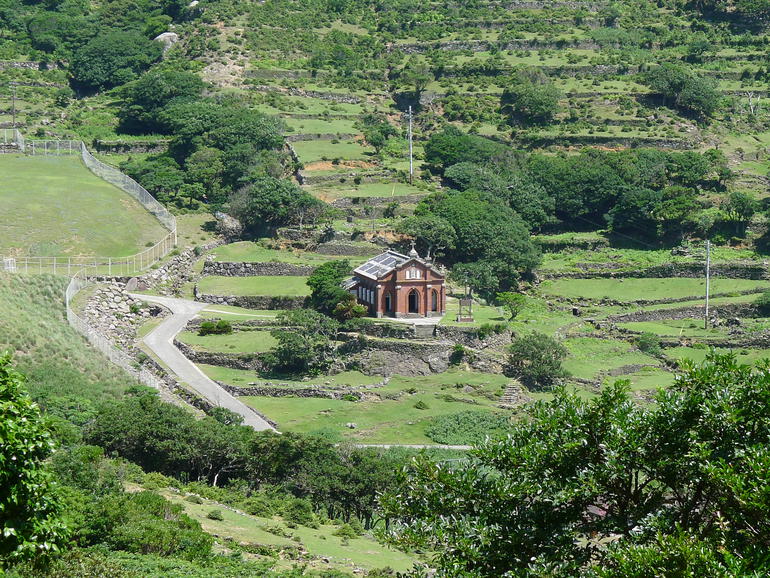Collectively known as the Hidden Christian Sites in the Nagasaki Region, they have been added to the World Heritage List by the United Nations Educational, Scientific and Cultural Organisation (UNESCO).
The body said: "Together, they reflect the earliest activities of Christian missionaries and settlers in Japan - the phase of encounter, followed by times of prohibition and persecution of the Christian faith and the final phase of the revitalization of Christian communities after the lifting of prohibition in 1873.
"These sites bear unique testimony to a cultural tradition nurtured by hidden Christians in the Nagasaki region who secretly transmitted their faith during the period of prohibition from the 17th to the 19th century."
The new World Heritage Site includes the remains of Hara Castle, a 17th structure which dates back to the Shimabara Rebellion - an uprising involving many Catholic peasants.
Though Japan can trace its Christian influence to the arrival of Portuguese Catholics in the 16th century, it was outlawed under the Edo Period (1603-1867) after the Rebellion.
Other attractions include the Oura Cathedral, Japan's oldest-surviving church.
Nagasaki Governor Hodo Nakamura said: "We would like to give pride to residents and excitement to visitors through this heritage by engaging in preservation of the sites and revitalization of the region."
Japan is now home 22 World Heritage Sites.
Stay up to date with the latest news stories from a Christian perspective. Sign up to our daily newsletter and receive more stories like this straight to your inbox every morning.





